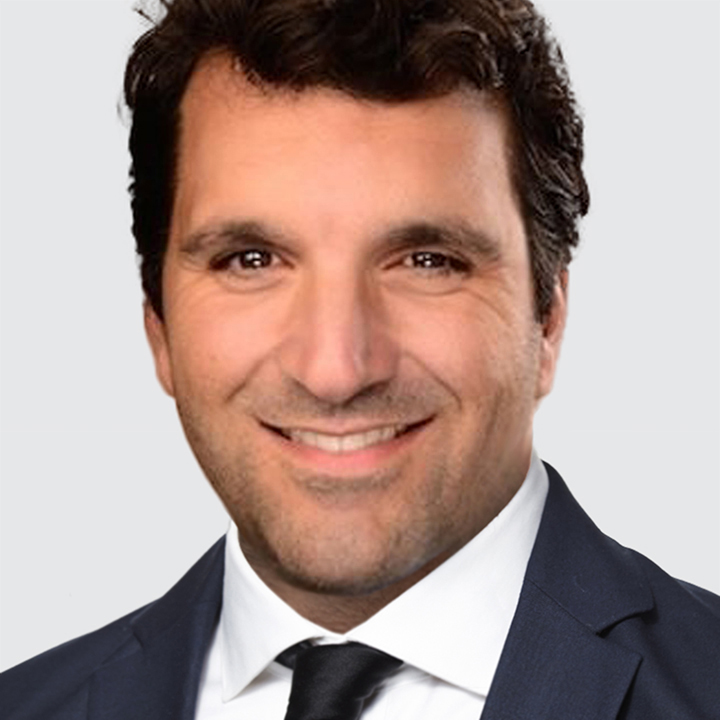US
USD remains under downside pressure against most major currencies. Global equity markets continue to edge higher while bond markets are treading water. The September US Challenger job cut announcement data is today’s highlight (12:30pm London, 7:30am New York).
Yesterday, the private-sector ADP employment report pointed to worsening labor demand. ADP payrolls unexpectedly dropped -32K (consensus: +51k) in September after a revised -3k decline in August (prior: +54k). In the absence of the September nonfarm payrolls (NFP) report, due to the US government shutdown, the ADP data takes greater significance. While the ADP is narrower in scope than NFP, they often move in tandem.
The September ISM manufacturing index suggests Fed policy is too tight. Factory activity shrank for a seventh consecutive month, albeit at a slower pace (49.1 vs. 48.7 in August). The details showed New Orders slipped back into contraction territory (48.9) after expanding in August (51.4). Export Orders fell deeper below the 50 boom/bust level indicative of renewed weakness in real manufacturing and trade industries sales. Employment recovered but remains firmly in contraction territory (45.3 vs. 43.8 in August). Prices Paid eased more than expected to an eight-month low at 61.9 (consensus: 62.7 vs 63.7 in August) signaling that upside risks to inflation are fading.
Bottom line: we anticipate the Fed to turn more dovish by the time of the December FOMC meeting which can further weigh on USD and support the melt-up in equity markets.
There’s no evidence yet that erratic US trade and foreign policies are accelerating the dollar’s declining role as the primary reserve currency. USD share of global FX reserves fell to 56.32% in Q2 vs. 57.79% in Q1 but that’s largely due to the sharp decline in the dollar during this period. By holding exchange rates constant, USD share of global FX reserves would have fallen only slightly to 57.67% in Q2.
EUR share of global FX reserves rose to 21.13% in Q2 vs. 20.00% in Q1. However, by holding exchange rates constant, its share would have fallen to 19.96% in Q2. CNY share of global FX reserves was unchanged at 2.12%, CAD fell -0.2pts to 2.61%, AUD rose 0.07pts to 2.09%, GBP rose 0.09pts to 4.83%, JPY fell -0.03pts to 5.57%, and other currencies (Korean won, Singapore dollar, and Swedish krona) rose 0.25pts to a record high of 5.17%.
Fed update: The US Supreme Court declined yesterday to allow the Trump administration to immediately remove Lisa Cook from the Federal Reserve Board. Instead, the high court said it would hear oral arguments on the issue in January. If the court finds in her favor, she could be allowed to serve until her term expires in 2038. At least for now, Cook will take part in the last two FOMC meetings of the year (October 29, and December 10).
SWITZERLAND
CHF ignored Switzerland’s September CPI print. Headline CPI was 0.1pts lower than anticipated at 0.2% y/y vs. 0.2% in August but in line with the Swiss National Bank’s (SNB) Q3 projection. Core CPI printed at 0.7% y/y for a second consecutive month.
The swaps market continues to imply nearly 40% odds of a 25bps rate cut to a low of -0.25% in the next 12 months. Indeed, SNB President Martin Schlegel reiterated last week that the bank is prepared to cut further if required. However, any settlement of the trade dispute with the US would significantly lower the risk of the SNB resorting to a negative policy rate and bodes well for CHF vs. USD and EUR.
UK
GBP is up versus USD and range-bound against EUR. The Bank of England’s (BOE) September DMP inflation expectation survey ran hot. 1-year inflation expectations unexpectedly rose 0.1pts to 3.5% (consensus: 3.4%), the highest since December 2023. 3-year inflation expectations also increased 0.1pts to 3.1%, the highest since November 2023. Bottom line: elevated UK inflation expectations and a sluggish growth outlook complicates the BOE’s task and supports the uptrend in EUR/GBP.
CANADA
CAD is underperforming most major currencies. There were no fresh insights from the Bank of Canada’s (BOC) account of the September 17 policy decision to cut rates 25bps to 2.50%. A key takeaway is that “Members were concerned that continued tariffs and ongoing uncertainty about US trade policy could lead to further labour market weakness across the economy.”
As such, Canada’s September labor force survey (due October 10) will be a major driver of near-term BOC rate expectations. In the meantime, the swaps market is pricing nearly 90% odds of a 25bps cut by year-end to 2.25%. The BOC’s more dovish policy stance relative to the RBA, Norges Bank, and Riksbank argues for further CAD underperformance against AUD, NOK, and SEK.

